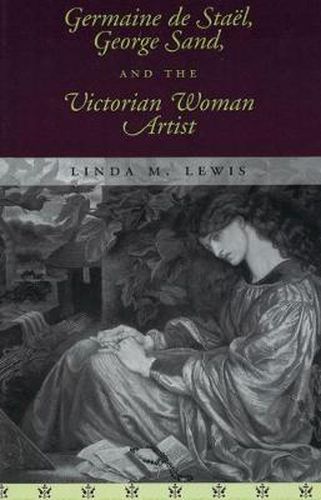By examining literary portraits of the woman as artist, Linda M. Lewis traces the matrilineal inheritance of four Victorian novelists and poets: George Eliot, Elizabeth Barrett Browning, Geraldine Jewsbury and Mrs Humphrey Ward. She argues that while the male Romantic artist saw himself as a god and hero, the women of genius lacked a guiding myth until Germaine de Stael and George Sand created one. The protagonists of Staels Corinne and Sand’s Consuelo combine attributes of the goddess Athena, the Virgin Mary, Virgil’s Sibyl and Dante’s Beatrice. Lewis illustrates how the resulting Corinne/Consuelo effect is exhibited in scores of English artist-as-heroine narratives, particularly in the works of these four prominent writers who most consciously and elaborately allude to the French literary matriarchs. In her initial chapter, Lewis explains Corinne’s gift as l'enthousiasme , and Consuelo’s as la flamme sacree . Corinne uses her influence as a political Sibyl to enter the debates of the Napoleonic era; Consuelo employs her sacred fire as a divine Sophia to indict justice throughout Europe. Subsequent chapters examine the public and private lives and voices of Victorian Sibyls and Sophias, as well as the degree to which their gift demands service to art, to God and to humankind. The closing chapter studies the waning influence of Stael and Sand in the fin-de-siecle New Woman novel. The core of Lewis’s text is its treatment of the Victorian author and her feminine aesthetics. In each chapter she uncovers the references to Corinne and Consuelo - subtle or overt, serious or facetious - and reveals the resulting tension when an artist invokes a foremother but avoids merging with the mother whom she emulates.
Read More





